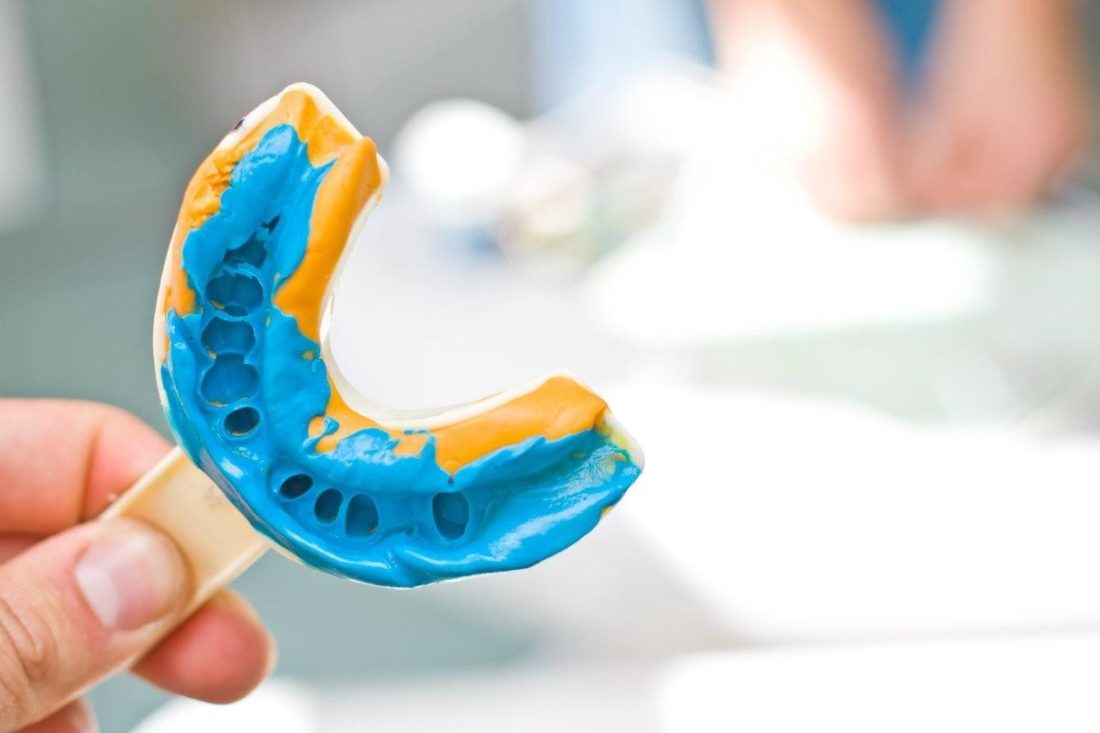
A good impression, distinguished by precision and accurate detail reproduction, is the first vital requisite to make a top-quality prosthesis, both in terms of functionality and aesthetic appearance.
The modern materials used by dental surgeries guarantee the creation of an impression that is dimensionally stable and free from distortions, with outstanding detail reproduction.
Here are some tips and tricks to get the best performance from materials during the impression taking process.
Read the instructions for use of the materials used
The dental surgery products used to take impressions require special precautions, both during preparation as well as during subsequent handling. This is why it is of vital importance that you read the manufacturer’s instructions for mixing, storage and removal of the material.
This applies particularly when you are using a specific material or brand for the first time; but not just in this case, since it is no rare occurrence that manufacturers make changes in time. Reading the instructions thoroughly could avoid errors that alter the dimensional stability or modify the material curing time, causing an unsatisfactory end result. It is just as important to take into account the expiry date, considering that, after this date, the material may react in an unforeseeable way during the working phases.
Do not contaminate the material
Why is avoiding chemical contamination (e.g. sulphur) and biological contamination (e.g. blood or saliva) so important for taking dental impressions correctly? First of all, because dental impression products are particularly sensitive to contamination and can easily be altered by it.
Let’s take for example a pair of latex gloves, which contain sulphur: simply touching the material with these gloves is enough to transfer the sulphur onto it, interfering with the polymerization.
For the same reason, contact with moisture and blood should be avoided, and this may occur when inadvertently touching a patient’s tooth.
Observe the polymerization and working times
An accurate impression can be obtained if the polymerization and working times recommended by the manufacturer are observed with the utmost precision.
This applies particularly if two different viscosities/textures of the same material are used to take the impression: except for double step impressions, the setting and working times must be coordinated. Take care to observe the working time: only once the material has polymerized completely can the impression be removed from the patient’s mouth in full safety.
Small precautions which may appear banal and which, when observed with precision, instead ensure good and constant results, saving considerable amounts of time and resources (for both the professional and the patient) to make up for an unsatisfactory first attempt.